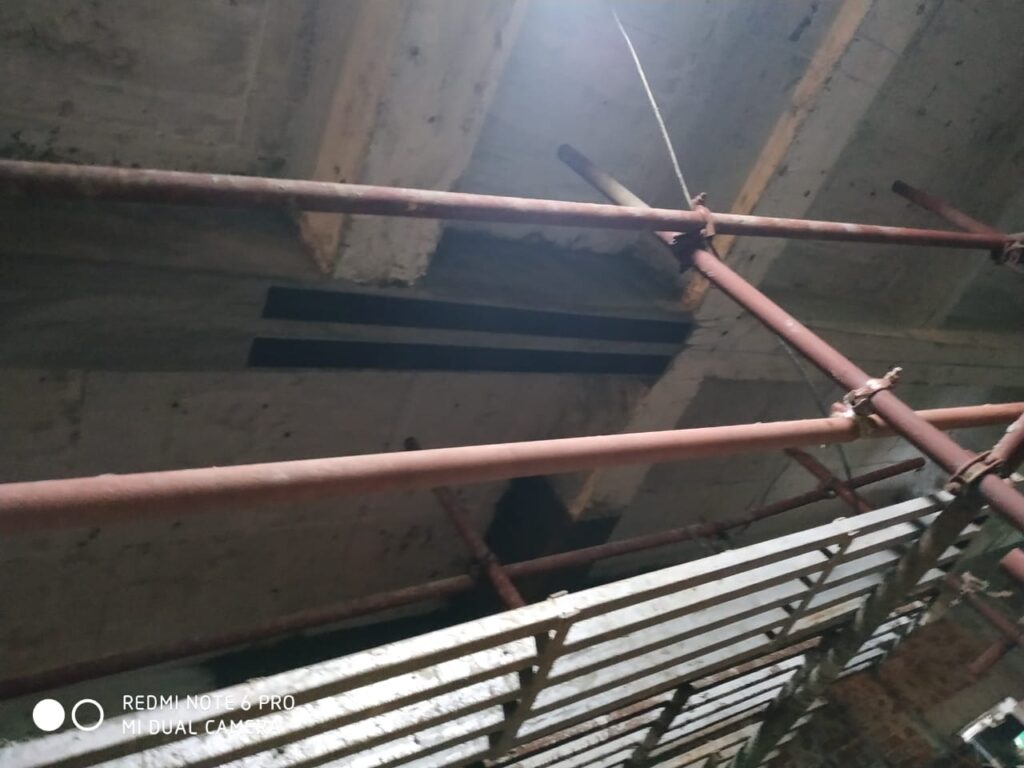
Shear strengthening has become one of the most important practices in modern construction and structural engineering. As cities expand and older buildings face higher loads, the need to improve safety standards is stronger than ever. Homeowners, builders, and infrastructure developers are turning towards methods that enhance the shear resistance of beams, slabs, and columns. This ensures stability and reduces sudden failures in both residential and commercial structures.
Modern Shear Strengthening Methods
One of the most widely adopted solutions for shear strengthening is carbon fiber reinforced polymer (CFRP) wrapping. This lightweight, high-strength material improves the shear resistance of beams and slabs without adding weight. CFRP is corrosion-resistant and easy to apply, making it ideal for retrofitting. Engineers across India recommend CFRP for both old building repairs and new infrastructure upgrades, as it provides long-lasting safety and requires minimal disruption during application.
Shear Strengthening in Indian Cities
In metro cities like Mumbai, Delhi, and Bengaluru, many residential and commercial buildings are more than 30 years old. These structures often show shear cracks and weakened beams. Retrofitting through shear strengthening helps meet modern safety codes without demolishing the building. This approach saves money and time while promoting sustainable development. For societies and real estate developers, shear strengthening is becoming a priority for ensuring long-term safety.
Identifying Warning Signs in Buildings
When homeowners notice diagonal cracks in beams or slabs, it often indicates shear distress. Ignoring such signs can lead to severe structural damage. Consulting a structural engineer is essential at this stage. Many people today search online for terms like beam strengthening, column retrofitting, and structural repair services to find professional solutions. Awareness about shear strengthening is especially increasing in earthquake-prone regions, where structural resilience is a life-saving necessity.
Micro-Concrete Jacketing Applications
An emerging technique for shear strengthening in India is micro-concrete jacketing. This process involves applying a thin layer of high-strength micro-concrete around beams or columns. It enhances both flexural and shear strength, making it useful for residential and commercial retrofitting projects. Micro-concrete jacketing is preferred for its strong bonding ability, quick application, and long-term durability. Its growing popularity reflects India’s shift towards modern and efficient retrofitting techniques.
Cost-Effectiveness of Shear Strengthening
From a financial perspective, shear strengthening is much more economical than demolition or rebuilding. CFRP wrapping may appear expensive initially, but it significantly reduces long-term maintenance costs by extending the structure’s lifespan. For real estate owners, builders, and government agencies, shear strengthening is an investment in safety. In India’s competitive real estate market, cost-effective retrofitting solutions are gaining preference over full-scale reconstruction.
Shear Strengthening for Earthquake Safety
In seismic-prone zones such as Gujarat and North India, shear strengthening plays a crucial role in protecting structures. Earthquakes put additional shear stresses on buildings, leading to cracks and collapses. Methods like CFRP wrapping, steel plate bonding, and jacketing ensure that buildings can withstand these lateral forces. This makes shear strengthening not only a repair method but also a preventive safety measure for regions vulnerable to seismic activities.
Sustainability and Environmental Benefits
Shear strengthening also supports the global push for sustainable construction. Instead of demolishing old buildings, retrofitting allows them to be reused with improved safety. This reduces construction waste, minimizes carbon footprint, and conserves resources. For rapidly growing Indian cities, it offers a practical way to balance urban development with environmental responsibility. Builders and property owners are now recognizing shear strengthening as a sustainable alternative to complete reconstruction.
Future of Shear Strengthening in India
Looking ahead, the future of shear strengthening lies in advanced materials and innovative applications. Research into fiber-reinforced polymers, nano-materials, and hybrid composites promises stronger and more durable solutions. With government projects like Smart Cities and urban redevelopment, shear strengthening will remain essential for ensuring structural stability. As awareness grows among homeowners, builders, and developers, its demand will continue to rise across both private and public infrastructure projects.
shear strengthening is far more than a repair technique it is a preventive, cost-effective, and sustainable solution. With methods such as CFRP wrapping, steel plate bonding, and micro-concrete jacketing, engineers in India can extend the lifespan of aging structures. This not only ensures compliance with safety standards but also protects investments and human lives. For modern cities, shear strengthening is a crucial step towards building safer and more resilient infrastructure.




